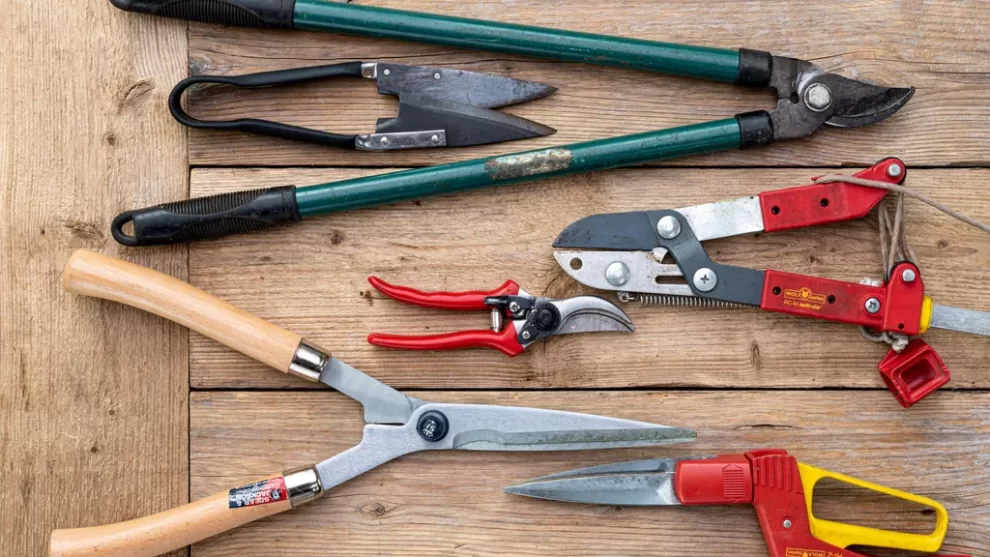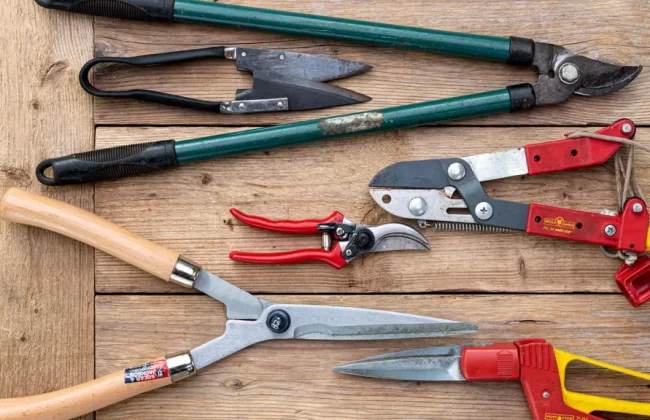Maintaining a neat and tidy garden starts with well-trimmed hedges. But let’s face it—hedge trimming can feel a bit overwhelming if you don’t have a game plan. Are you working smarter, or are you making it harder on yourself? Whether you’re a weekend gardener or someone tackling a big landscaping project, these tips will make your hedge-trimming routine much easier and way more effective.
Get the Right Tools for the Job

First things first: are you using the right tools? Having the right equipment, like this Worx hedge trimmer, can transform your hedge-trimming experience. A manual hedge shear is fine for smaller tasks, but for anything more substantial, you’ll want an electric or petrol-powered hedge trimmer. They save time and energy, and let’s be honest—they’re just more fun to use.
For precision work, a smaller set of pruning shears will help with tricky spots. And don’t forget about safety gear! A sturdy pair of gloves and safety goggles are non-negotiable if you want to avoid cuts or stray debris.
Timing Matters
Did you know that the timing of your trimming can make a big difference in the health and look of your hedges? For most plants, late spring or early summer is the ideal time to give them a proper trim. Why? This is when new growth has started to settle, and the risk of frost damage is long gone.
If your hedge grows fast or looks messy in-between trims, touch it up lightly in late summer. But don’t overdo it in autumn—your hedges need time to harden off before winter arrives.
Shape Like a Pro
If you’ve ever wondered why some hedges look amazing while others seem scruffy, it usually comes down to one thing: shape. The trick is to make the base of your hedge slightly wider than the top. This shape allows sunlight to reach all parts of the hedge, preventing those bare or brown patches.
Before you start, visualise the shape you’re going for. Are you after a crisp rectangular look, or something a little softer and rounded? Marking out guidelines with string or stakes can be a game-changer if you’re after a professional finish.
Work Top to Bottom
Here’s a question: how do you trim your hedge? Many people start at the bottom and work their way up, but pros will tell you to do the opposite. By starting at the top, you can avoid debris falling onto areas you’ve already trimmed.
Use long, sweeping motions for even results. Rushing with short, choppy cuts can leave your hedge looking uneven. Think of it as a steady rhythm—once you get the hang of it, you’ll notice the difference right away.
Don’t Neglect Cleanup
Let’s talk cleanup. Nobody loves this part, but skipping it can lead to a messier garden and even harm your hedges. Fallen clippings left behind can block sunlight or lead to mould buildup.
After trimming, gather up the clippings with a rake or blower. Better yet, use the debris to make mulch or add it to your compost pile. Recycling your hedge clippings is not only practical but also eco-friendly.
Quick Fix for Overgrown Hedges
Tackling an overgrown hedge can feel daunting, but you don’t need to do it all in one go. Start by cutting it back to its desired shape gradually. If you hack away too much at once, you risk stressing the plant and ending up with bald spots.
It’s okay if it takes a few sessions to get your hedge looking how you want. Patience really pays off when you’re dealing with an unruly hedge—it gives the plant time to recover and grow evenly.
Keep Your Tools Sharp
Have you ever tried cutting with a dull blade? It’s frustrating, isn’t it? More importantly, it can damage your plants by tearing instead of cutting cleanly. Keep your tools sharp to make the process easier and healthier for your hedges.
You don’t need to sharpen blades after every use, but checking them regularly is a good habit. A quick wipe-down with an oily rag after each session can also help prevent rust and extend their lifespan.
Troubleshooting Common Mistakes

Even seasoned gardeners slip up sometimes. Here are a few common hedge-trimming mistakes to avoid:
- Trimming too early in the season – This can damage new growth and leave your hedge looking patchy.
- Ignoring the natural shape of the hedge – Over-trimming or forcing a shape can harm the plant.
- Cutting too much at once – Always trim in small increments to avoid stress and uneven growth.
- Not cleaning your tools – Dirty tools can spread disease from one plant to another.
By keeping an eye out for these pitfalls, you’ll set yourself up for hedge-trimming success.
The Little Details Make a Big Difference
Ever feel like your hedge is “almost there,” but not quite perfect? That’s where attention to detail comes in. Check for small branches sticking out or uneven edges. A quick pass with your pruning shears can make a massive difference to the overall look.
Don’t forget the base of the hedge—this area often gets overlooked but contributes a lot to the overall neatness. Keeping it clear of weeds and debris will make your garden look even more polished.
What Will You Tackle Next?
Trimming your hedges doesn’t have to be a chore. With the right tools, timing, and techniques, it can actually be a satisfying part of maintaining your garden. Plus, nothing beats the feeling of standing back and admiring a job well done.
So, what’s your next hedge-trimming challenge? Whether it’s tackling an overgrown mess or fine-tuning those finishing touches, these tips will help you achieve a clean and professional result every time.

